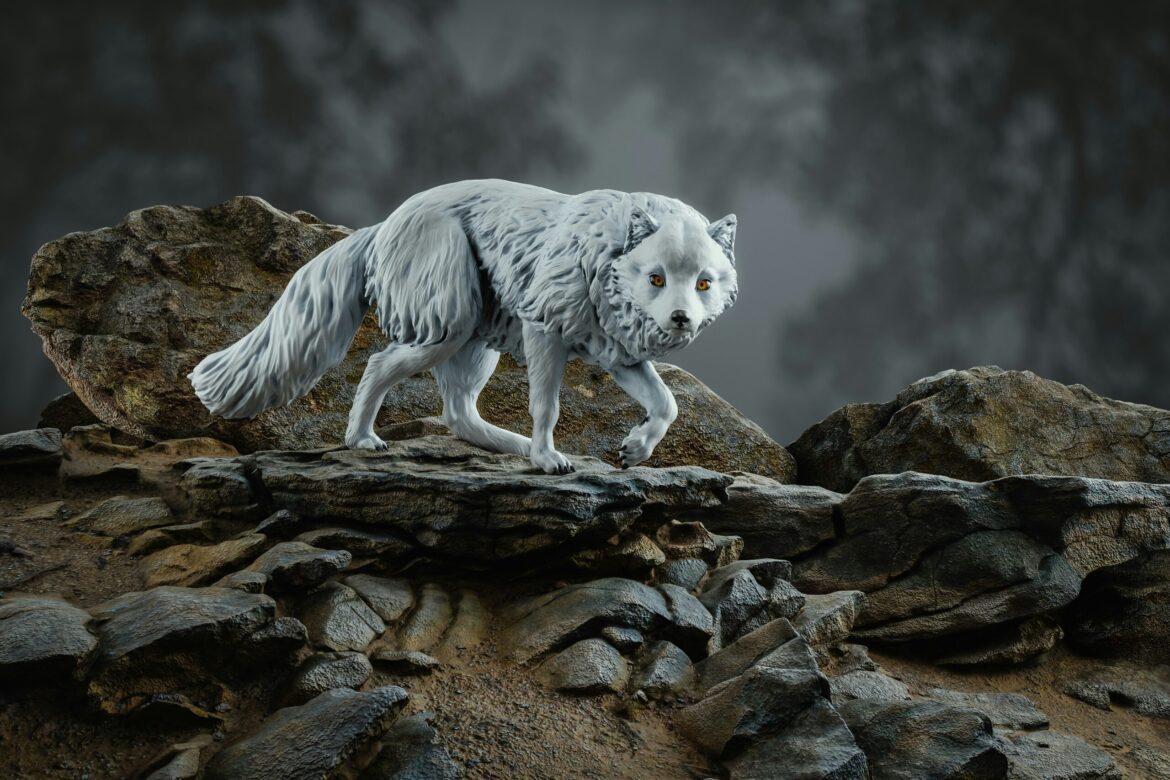A Major Breakthrough in De-Extinction Science
In a groundbreaking achievement, Colossal Biosciences has successfully cloned genetically modified grey wolves named Romulus, Remus, and Khaleesi, each of which exhibits key characteristics of the extinct dire wolf. This remarkable feat in the field of de-extinction biology brings science one step closer to reviving species that once roamed the Earth. By bringing the characteristics of the long-gone dire wolf into the present day, Colossal Biosciences is opening new doors for the study of ancient species and their role in modern ecosystems.
The Genetics Behind the Cloning Process
The cloning of Romulus, Remus, and Khaleesi is the result of years of research and advancements in genetic engineering. By carefully editing the DNA of modern grey wolves to incorporate traits from the extinct dire wolf, Colossal Biosciences has been able to create animals that are genetically similar to the dire wolf but also capable of surviving in today’s environment. These modified wolves exhibit physical and behavioral traits reminiscent of their ancient ancestors, allowing scientists to study how these extinct predators might have functioned in their native ecosystems.
Exploring the Ecological Impact of Dire Wolves
One of the primary goals of this de-extinction effort is to understand the ecological roles that dire wolves may have played in prehistoric ecosystems. As apex predators, dire wolves were crucial to maintaining the balance of the food chain during the Pleistocene Epoch. By studying these cloned wolves, researchers can gain valuable insights into how they might interact with current ecosystems and the potential effects of their reintroduction. This information could have profound implications for wildlife management and conservation strategies in the future.
The Potential for Reintroducing Ancient Species
The success of Colossal Biosciences’ cloning experiment raises the exciting possibility of reintroducing extinct species like the dire wolf into modern ecosystems. While this idea has sparked debate among scientists and conservationists, the potential benefits of such a reintroduction are significant. By restoring species that once played critical roles in their ecosystems, we may be able to enhance biodiversity, stabilize food webs, and even restore lost ecological functions. The cloned dire wolves could be part of broader efforts to reintroduce other extinct species or revitalize ecosystems that have been altered by human activity.
Ethical and Environmental Considerations
As with any significant scientific breakthrough, the cloning of extinct species raises important ethical and environmental questions. What are the long-term effects of reintroducing a species that has been absent from ecosystems for thousands of years? How do we ensure the welfare of these cloned animals and prevent unintended ecological consequences? These are just a few of the questions that scientists will need to address as they continue to explore the potential of de-extinction technology.
A New Era for De-Extinction and Conservation
The successful cloning of dire wolves by Colossal Biosciences marks a new chapter in the ongoing quest for de-extinction and the restoration of lost species. As technology continues to evolve, the possibility of reviving extinct animals may become a reality, offering new opportunities for scientific research and environmental restoration. Romulus, Remus, and Khaleesi are just the beginning of what could be a revolution in how we think about conservation, species restoration, and the future of our planet’s ecosystems.

